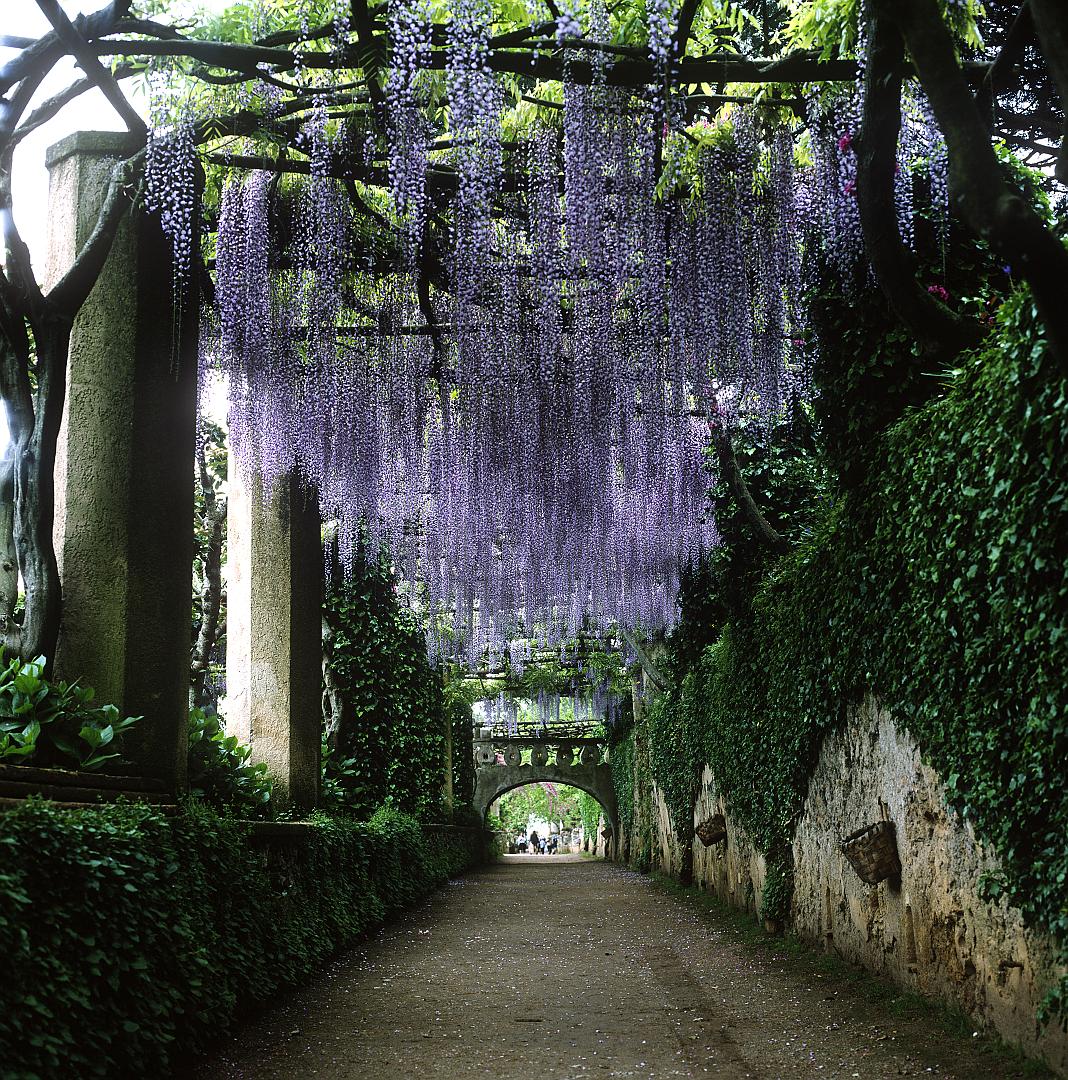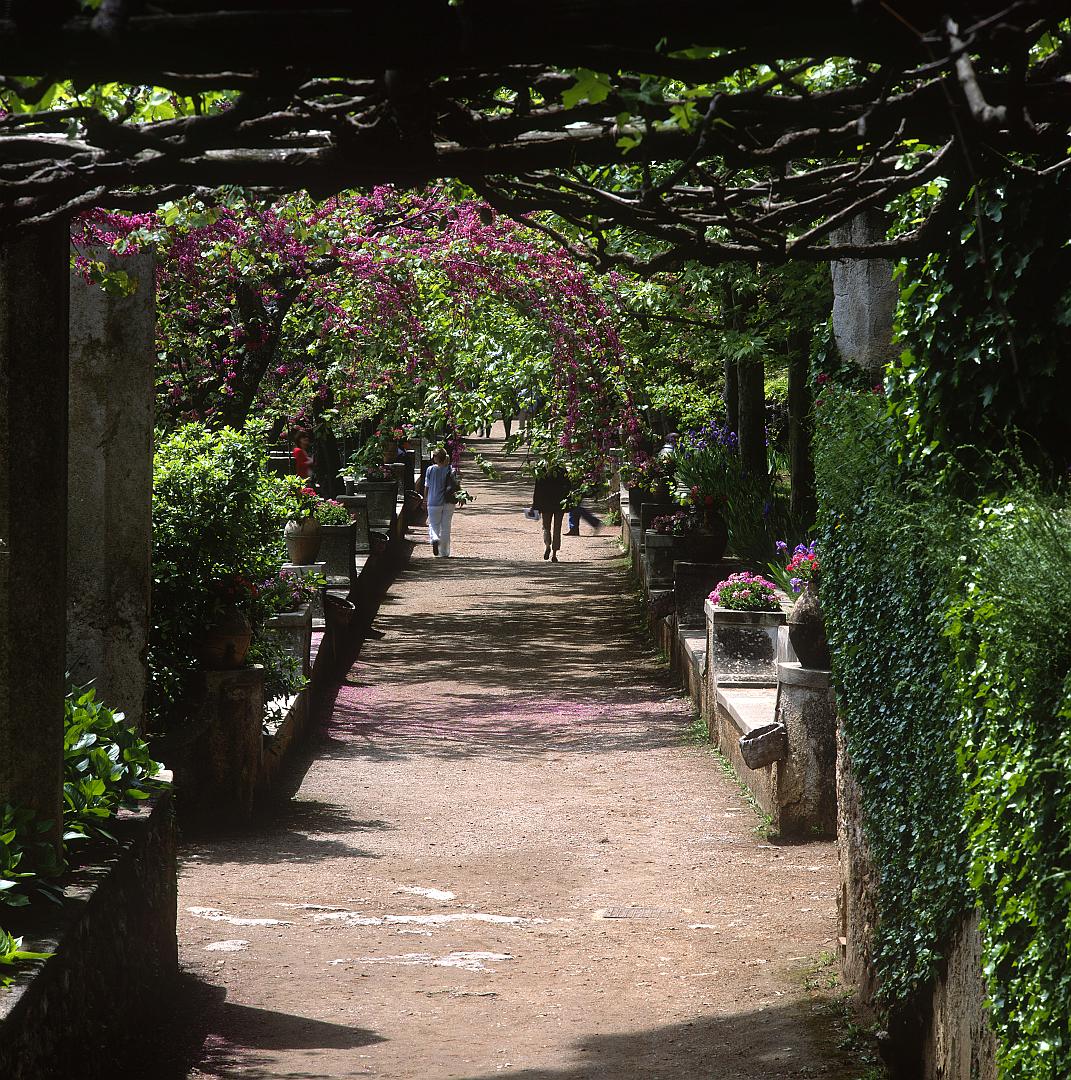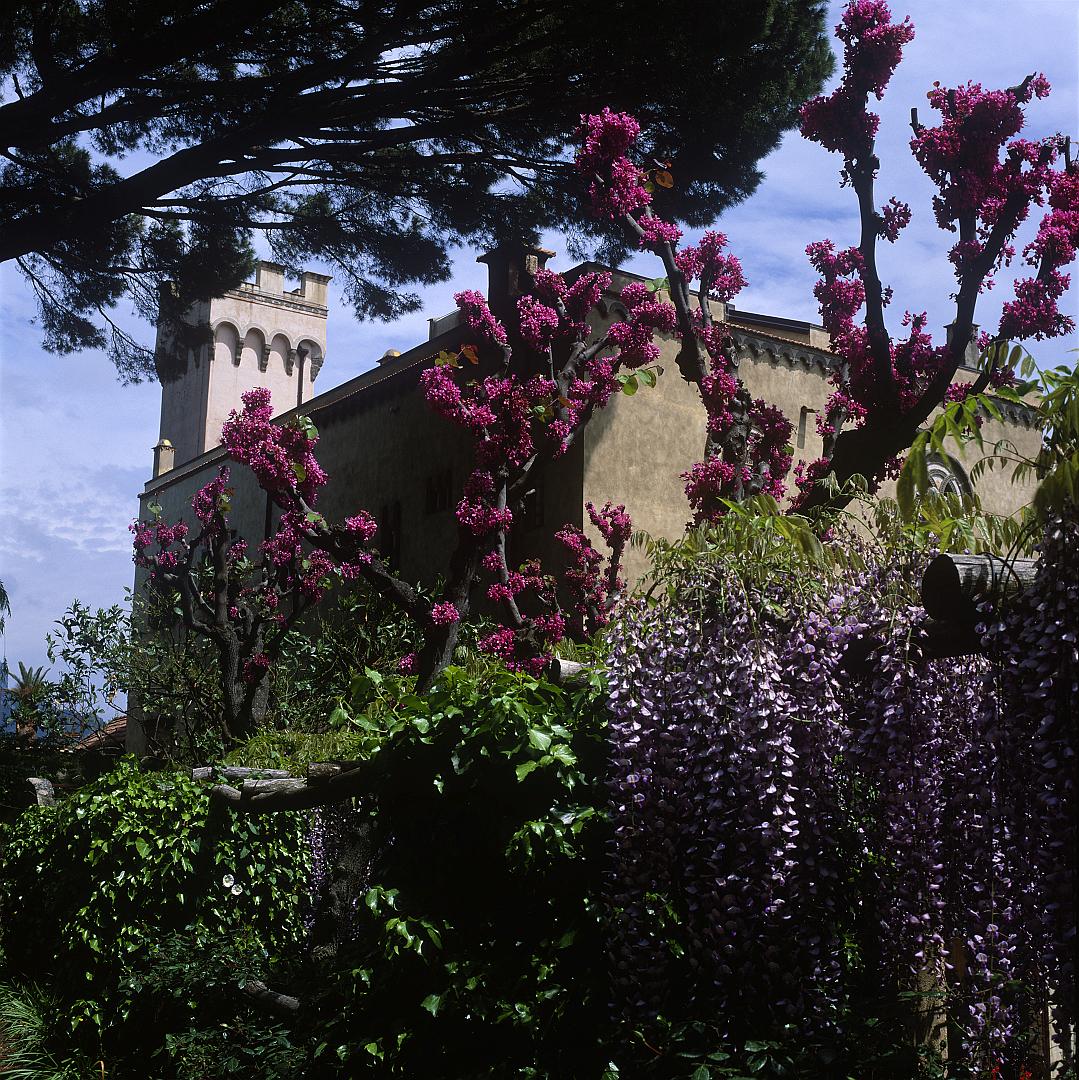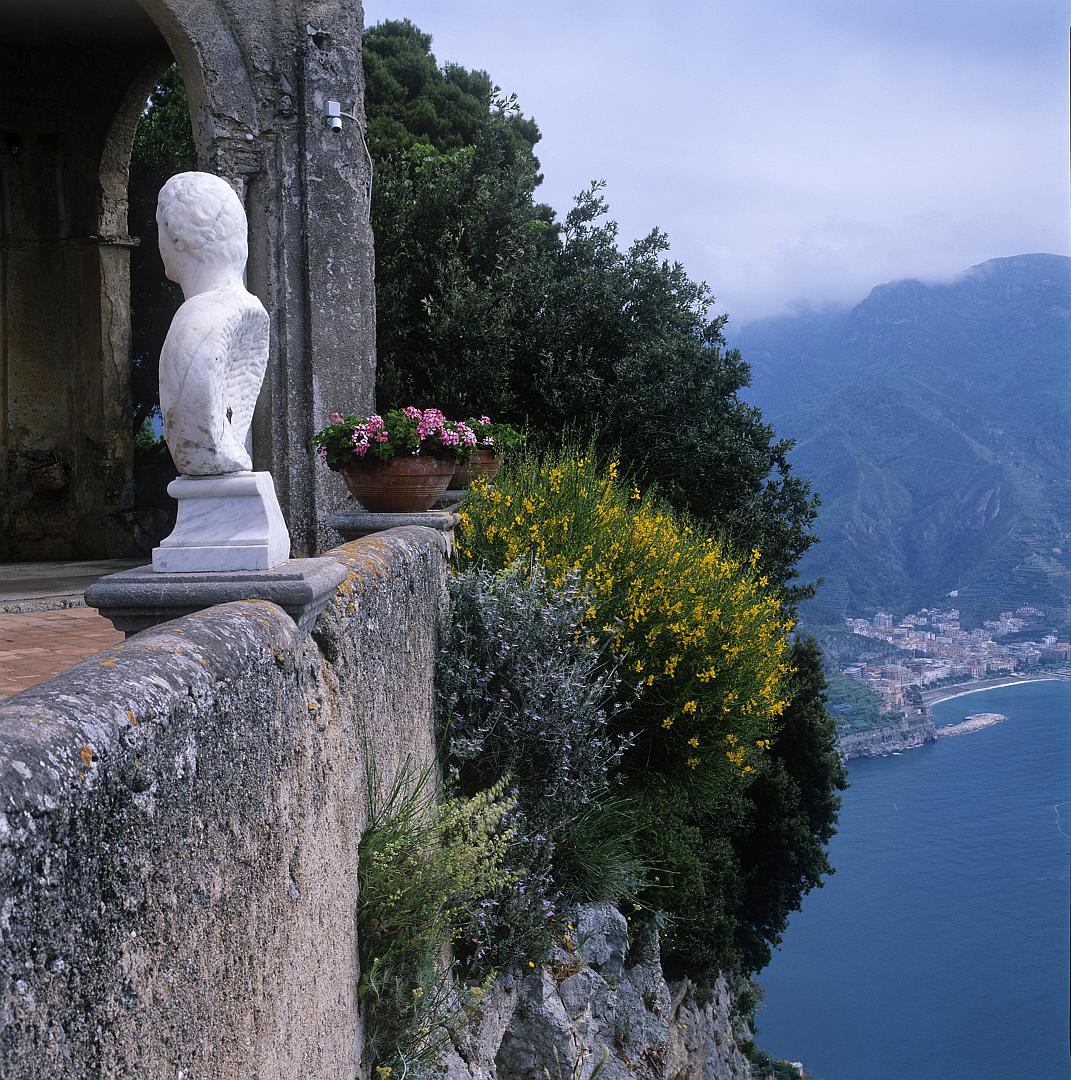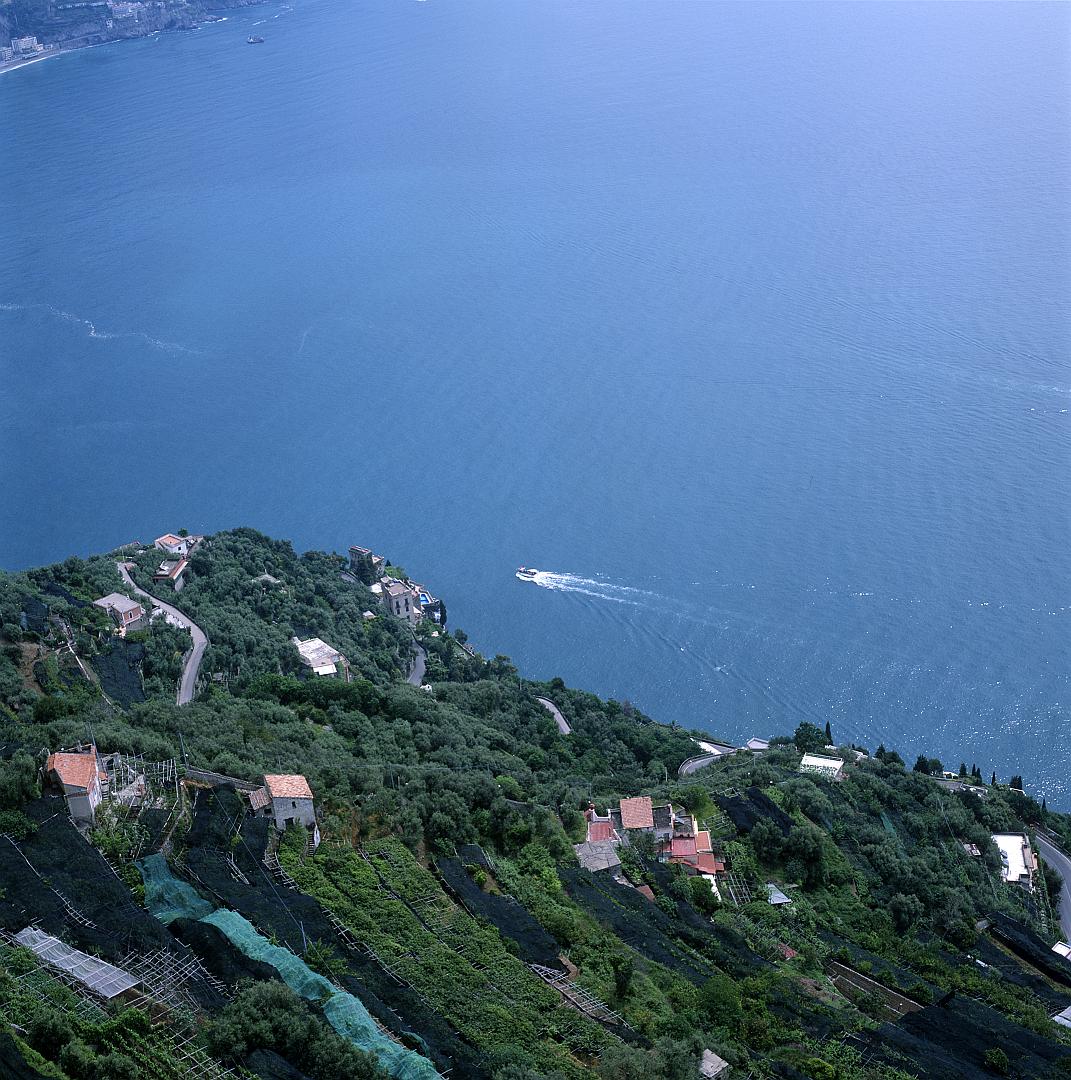Ravello is a little town perched high above the Amalfi Coast, with spectacular views. This is intended as a short companion piece to my earlier article on Amalfi and the Sorrentine Peninsula – I had originally intended to write about Amalfi and Ravello in the same post but in the end it seemed more sensible to split them due to the number of photographs.
Location and History
Ravello sits on a steep hilltop very close to Amalfi itself. We were staying in the village of Pogerola which was on a similar hill across the deep valley which leads down to Amalfi.
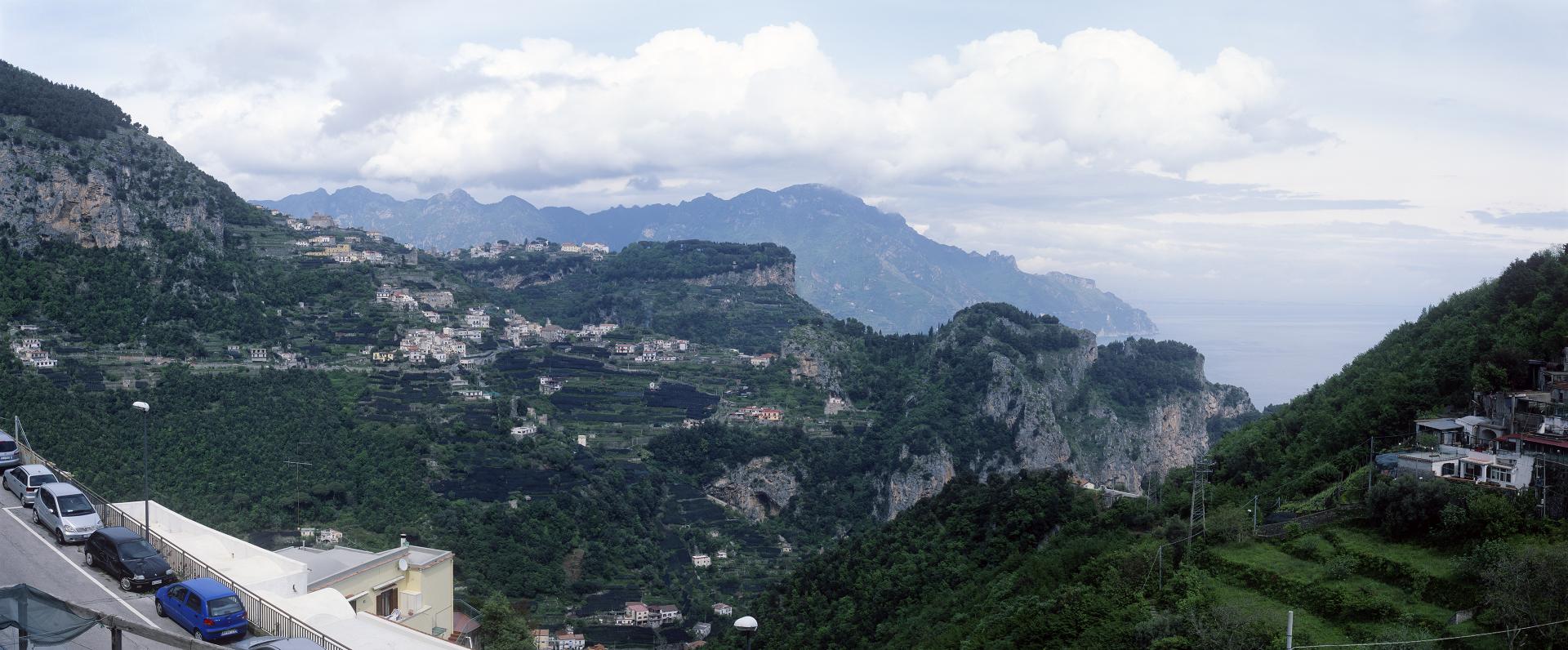
As for its origins, there are a few rather implausible-sounding origin stories (founded by shipwrecked Roman nobles, that sort of thing) but the most likely is that it grew up alongside Amalfi from the 6th Century or so, sharing its fortunes and misfortunes. Its rugged hilltop would certainly have made it easily defensible.
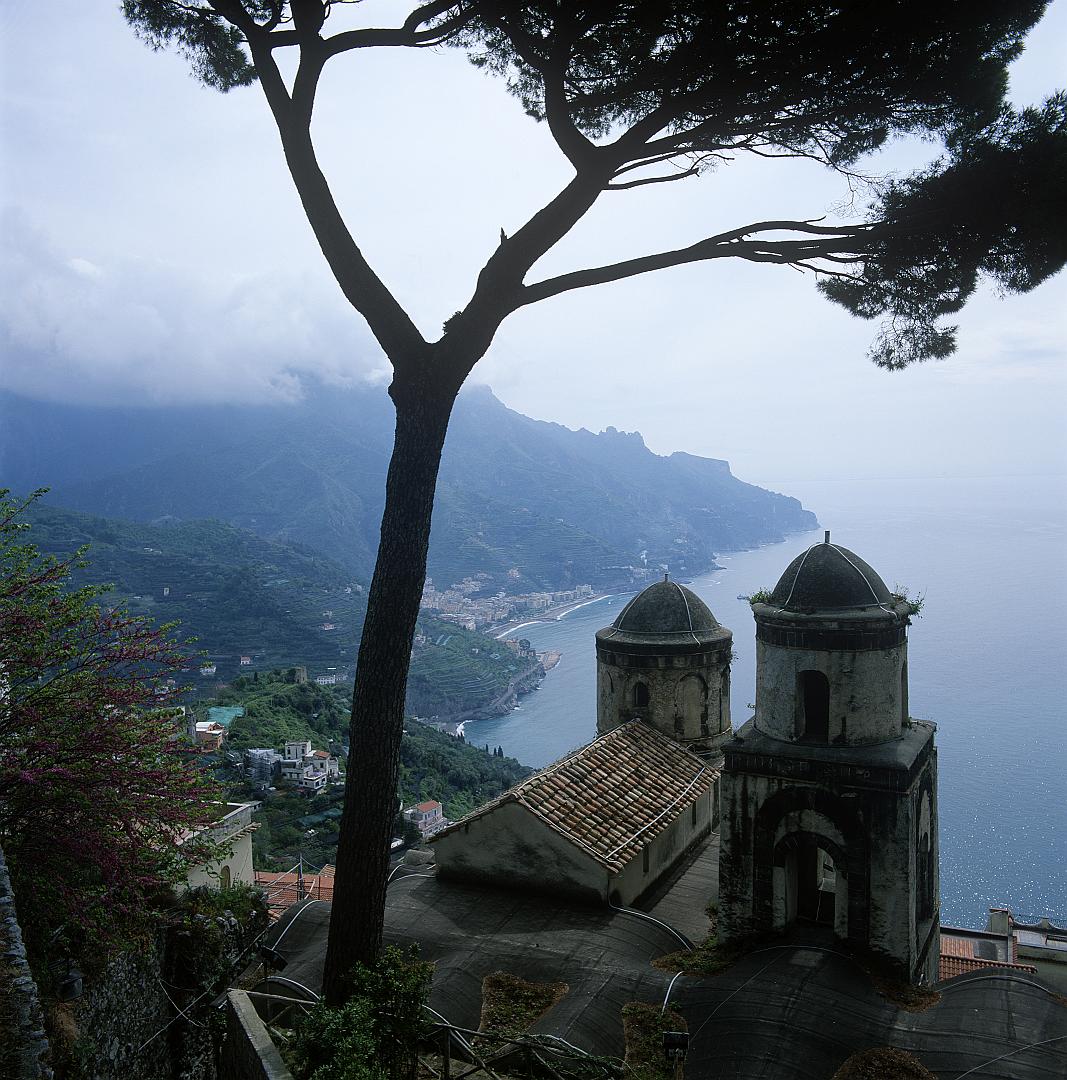
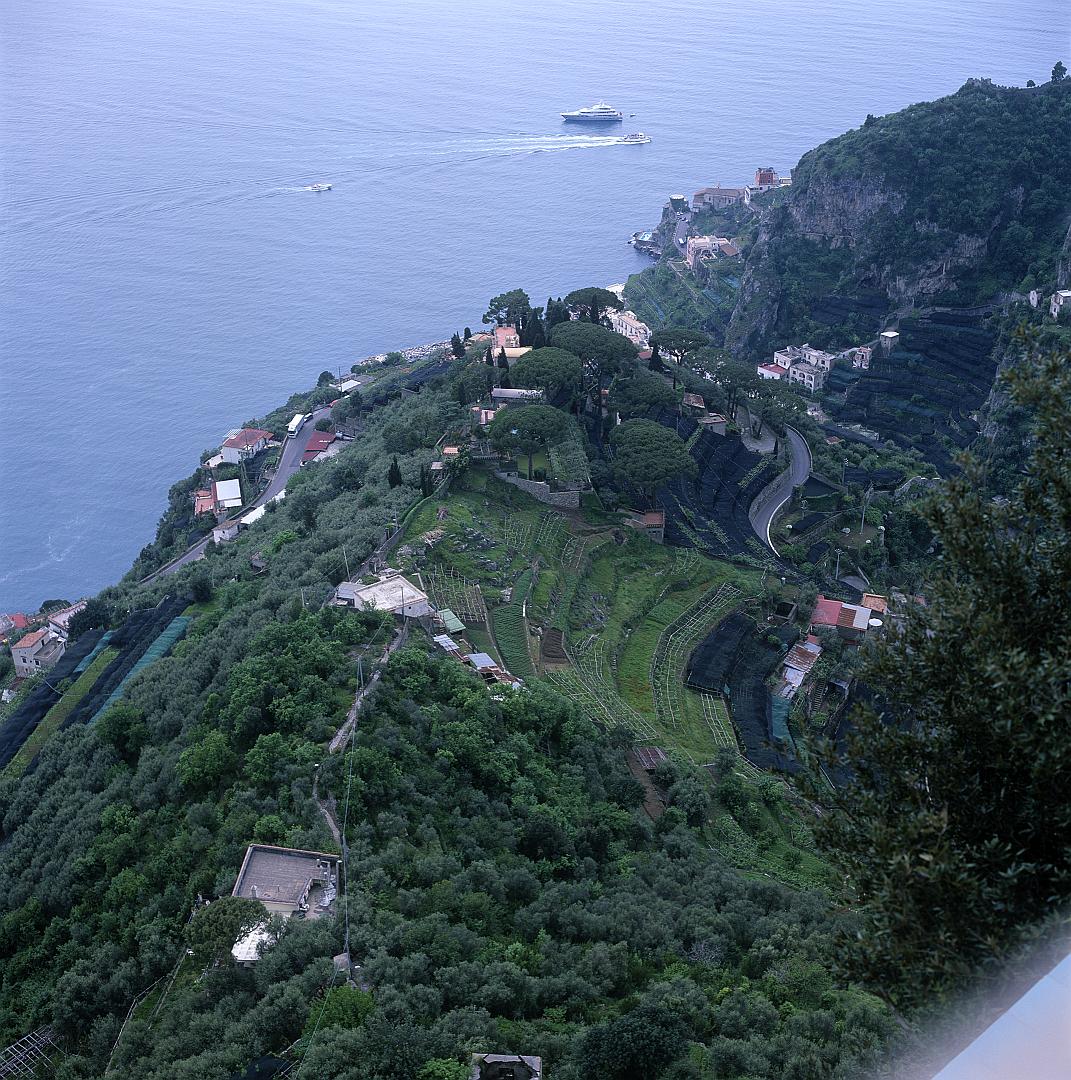
It did apparently have its own commercial specialisation, which was dyeing wool derived from flocks of sheep from the surrounding mountains. It would presumably have been dependent on Amalfitani ships to export the finished product. From time to time Ravello asserted its independence for a while, before being reabsorbed into whatever state controlled Amalfi at that moment.
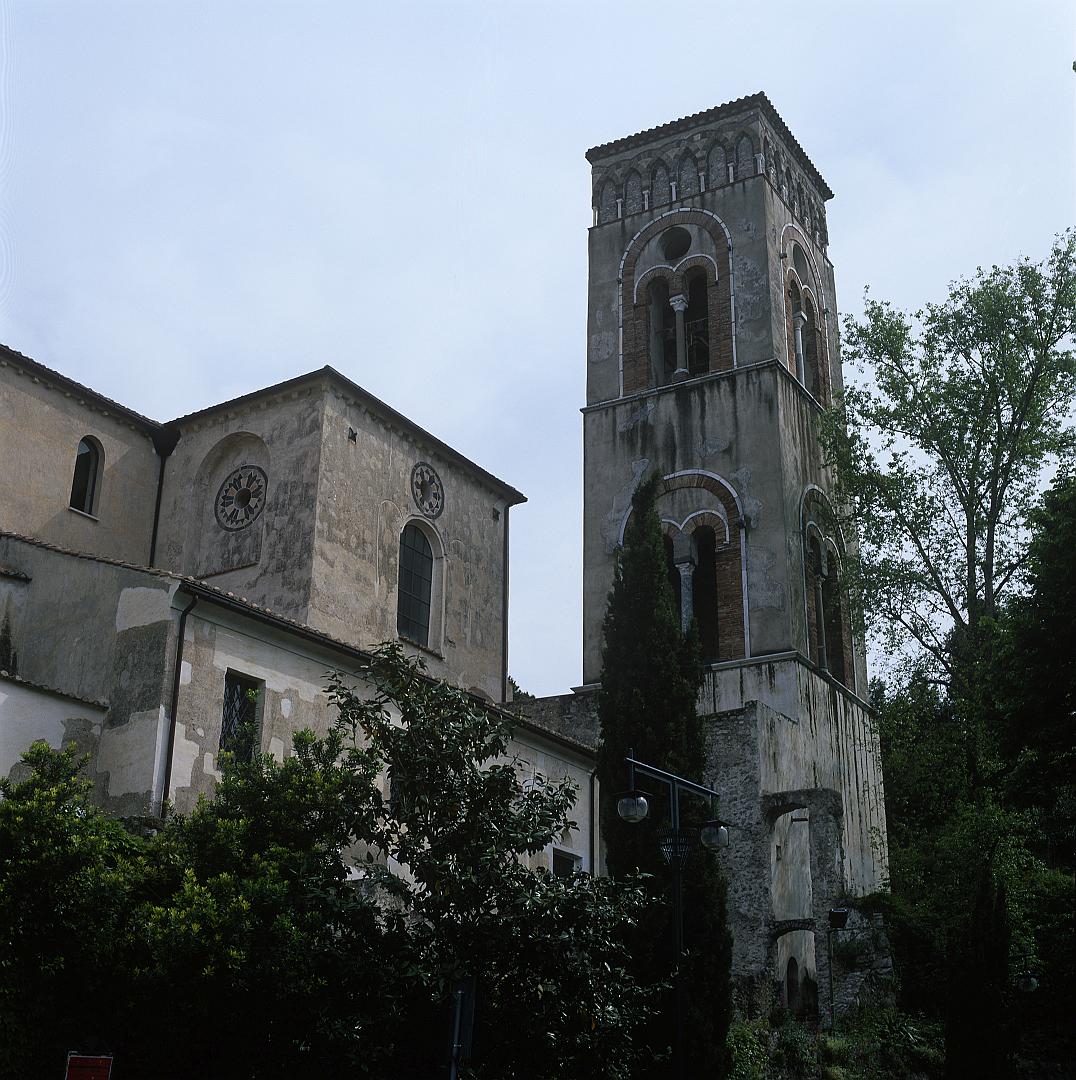
These days Ravello is very much on the Amalfi tourist itinerary – the town itself is charming and the views are magnificent. We visited mainly to see two famous villas – Villa Rufolo and Villa Cimbrone.
Villa Rufolo
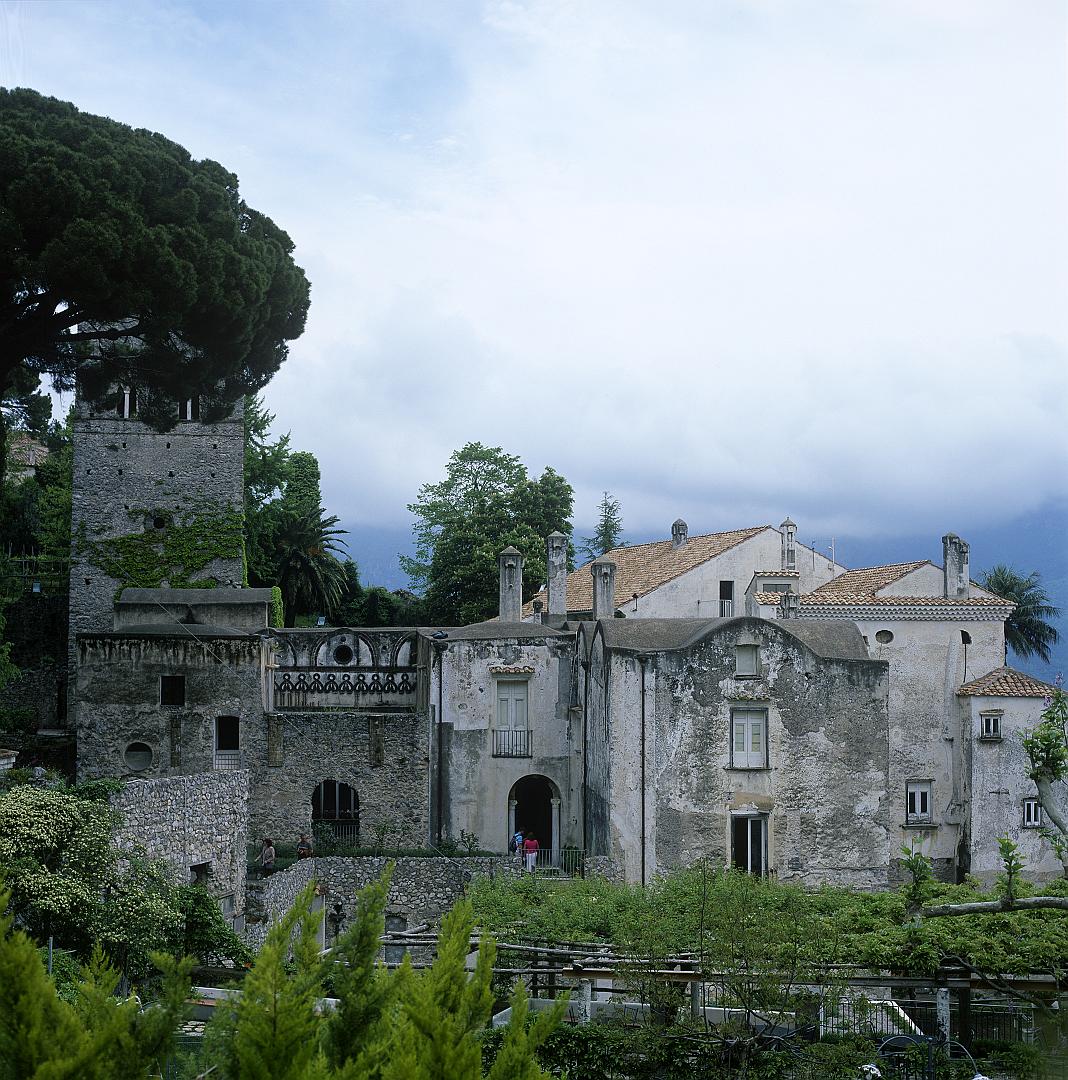
Villa Rufolo was built by the Rufolo family which was wealthy and powerful in Ravello’s glory days. There is a reference to them in Boccaccio’s Decameron which is presumably the basis for a story that Boccaccio visited here – I thought that a bit implausible at first but it seems that it is possible; he spent part of his youth in Naples.
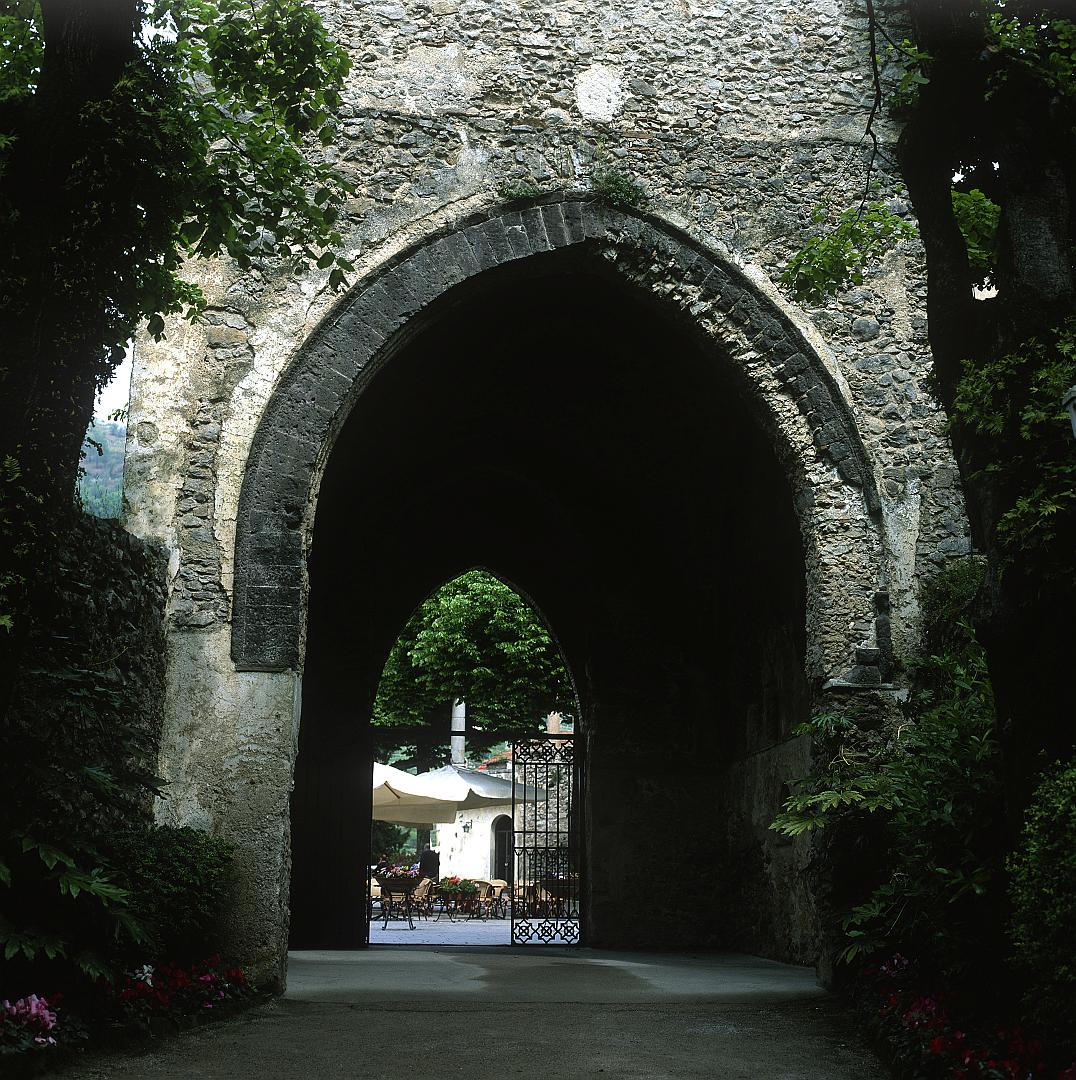
The Villa today is a bit of a mixture. There are definitely 13th-Century parts remaining, but the main living area looks like a comfortable Victorian manor house, which in a sense it was because the place was bought and rebuilt in the mid-19th Century by a Scotsman called Francis Reid. A famous visitor was Richard Wagner, who was apparently inspired to base the stage set for part of his opera Parsifal on the villa. On the basis of that somewhat loose association there is an annual Wagner festival here.
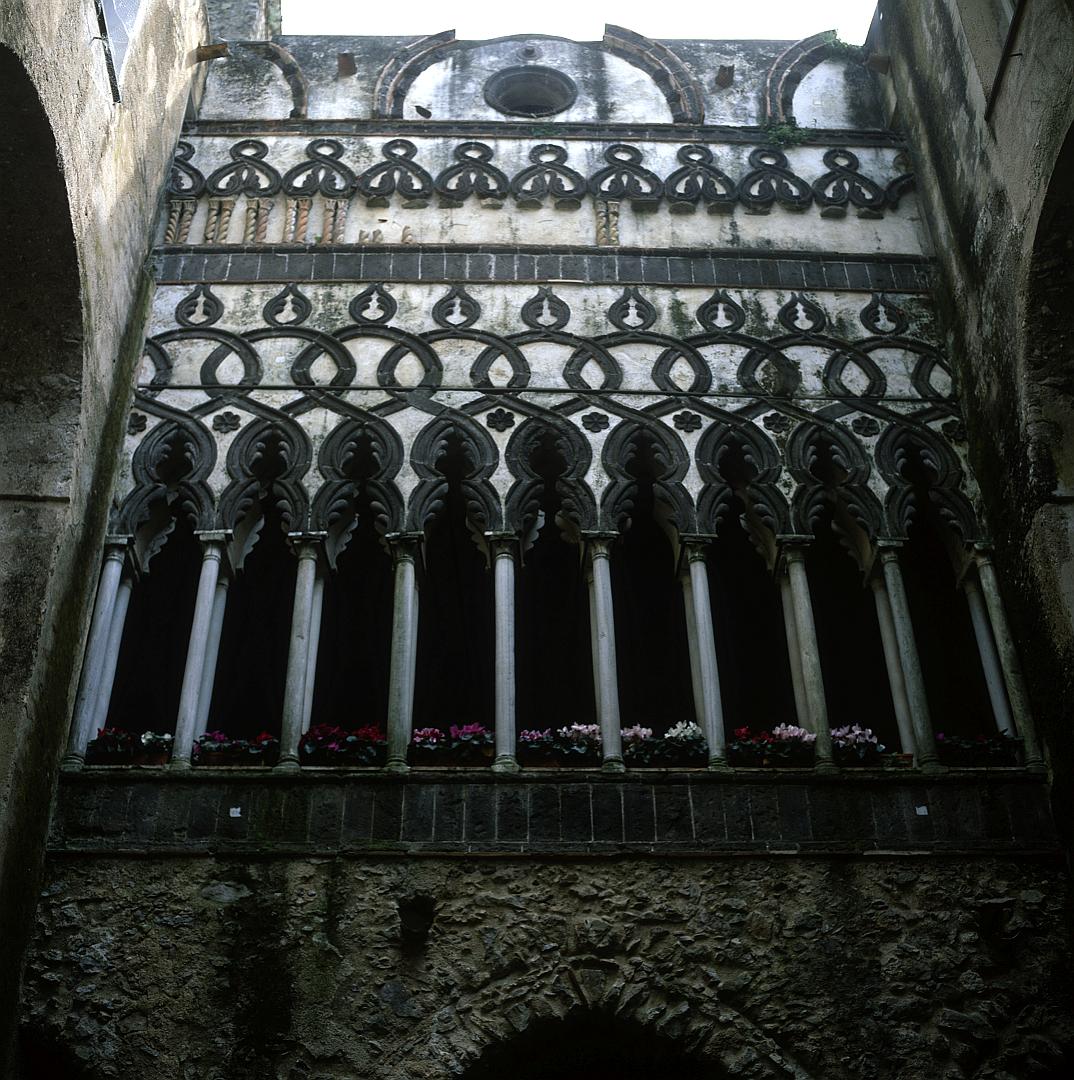
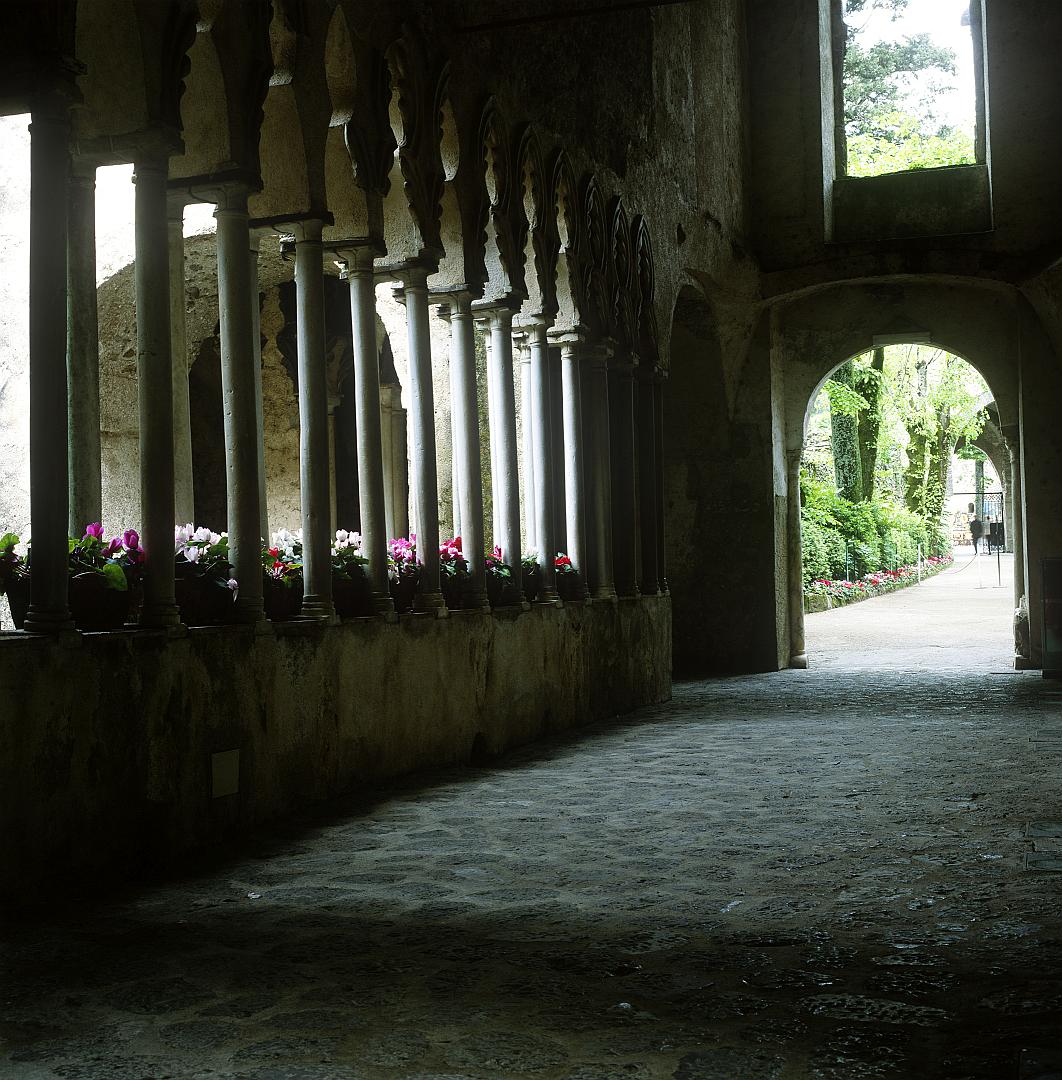
The gardens of the Villa Rufolo are also very 19th-Century in style, with spectacular views.
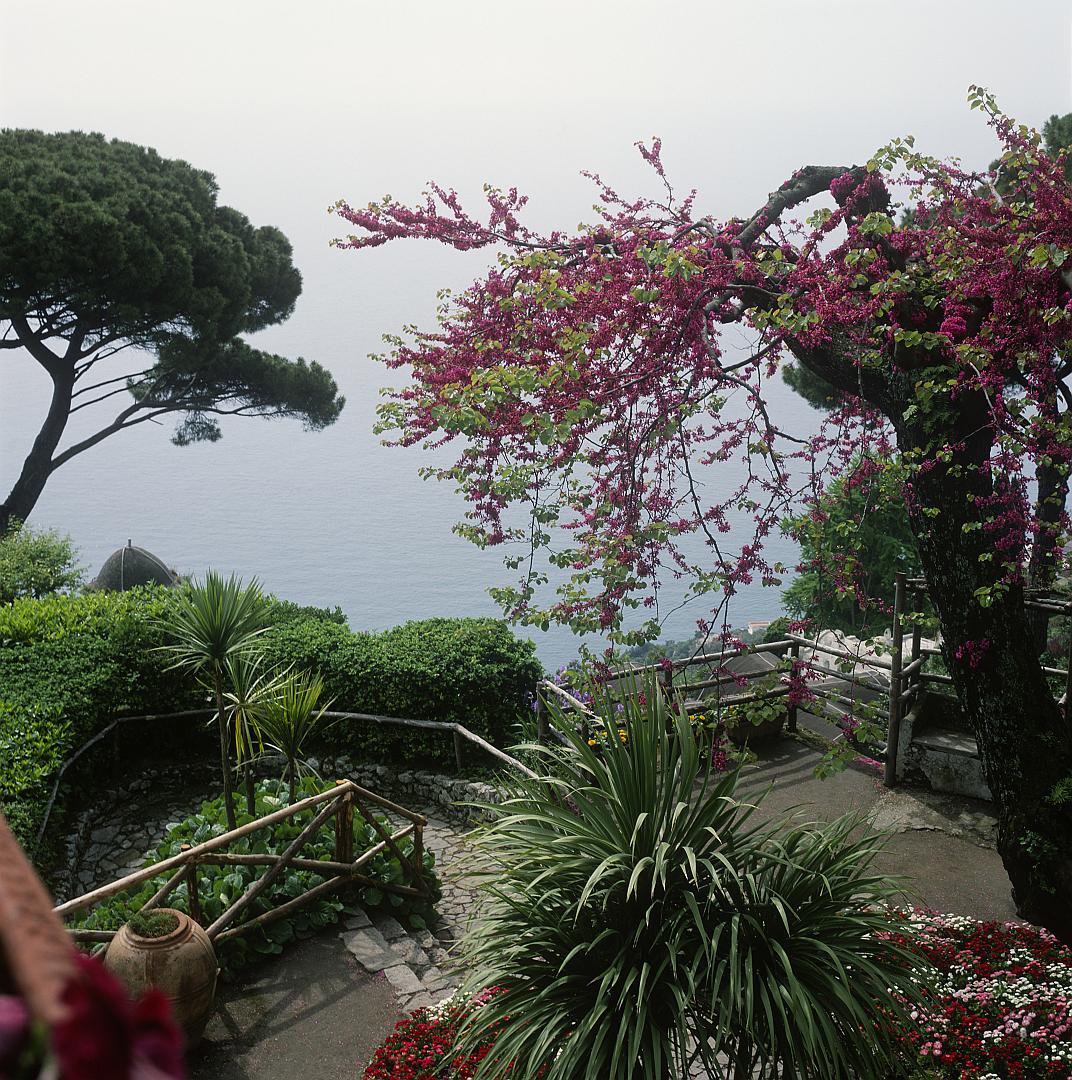
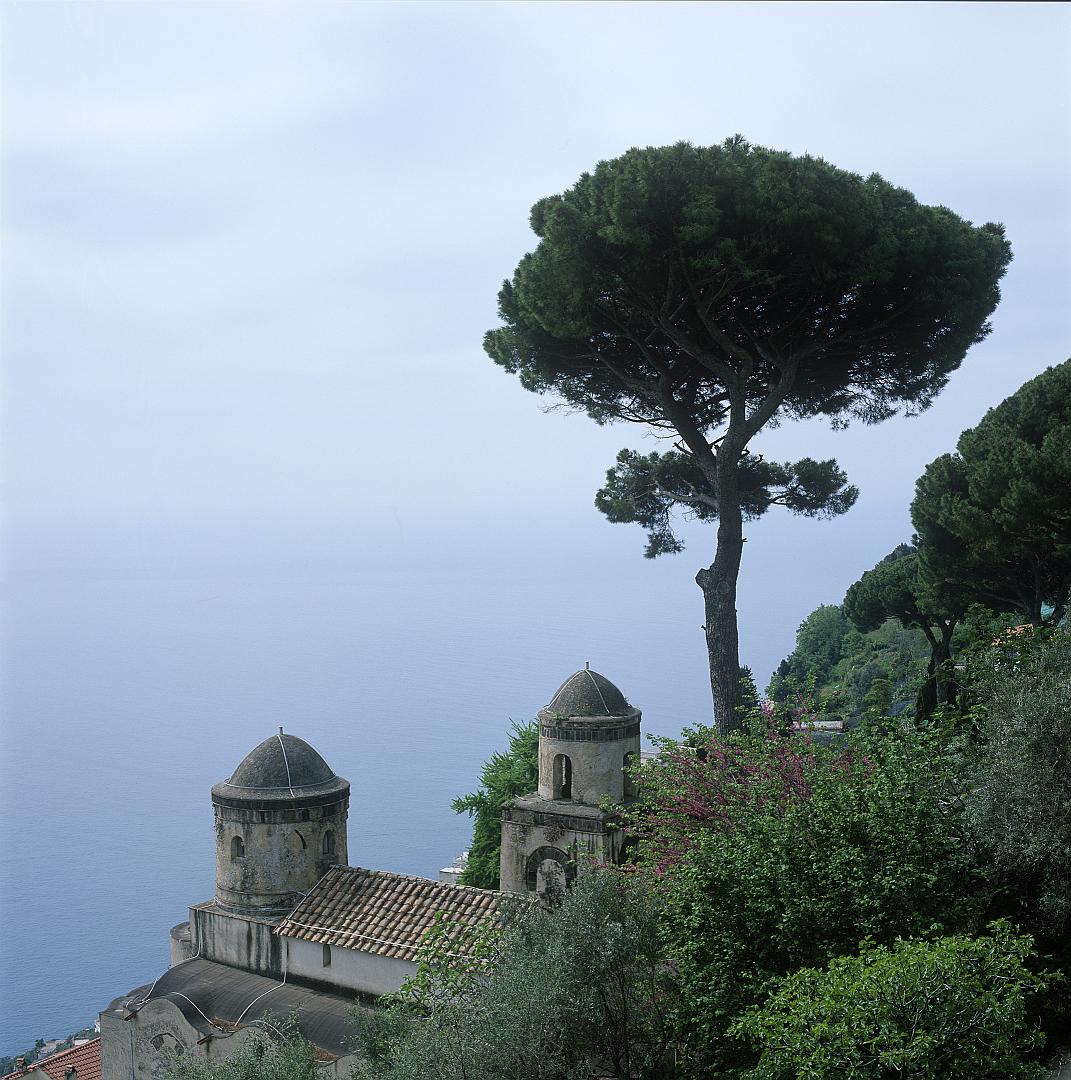
Villa Cimbrone
The second famous villa is Villa Cimbrone. Although notionally dating from the 11th Century, what you see today is mostly from the 20th Century – the work of another wealthy Briton, one Ernest Beckett, later Lord Grimthorp. Beckett hired a local to rebuild the place, which he apparently did by buying bits of ancient masonry from all over Italy and assembling them into a sort of pastiche of styles. The Beckett family then hosted a “who’s who” of fashionable British literary, intellectual and political types during the 1920s and 30s, including members of the Bloomsbury Group and Winston Churchill.
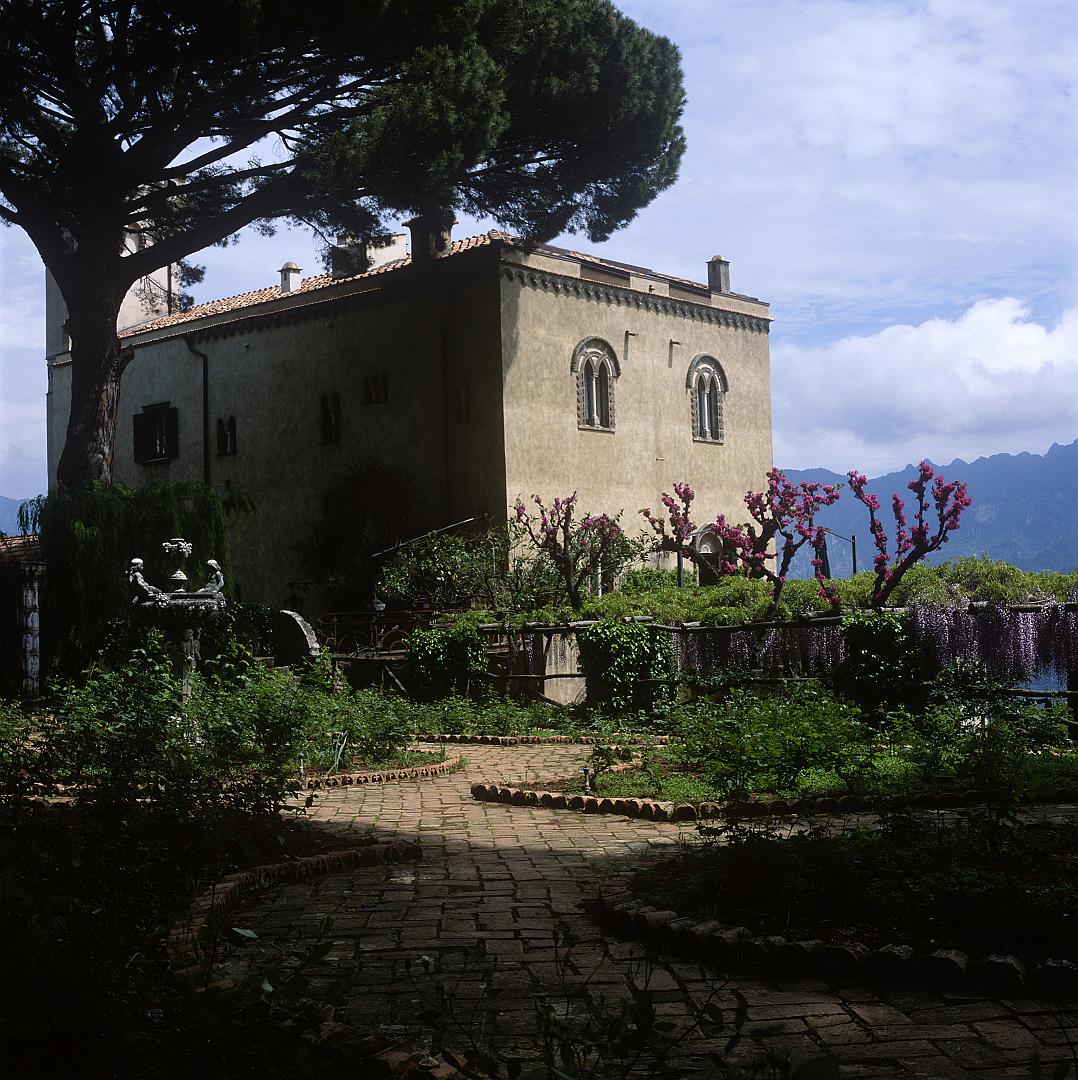
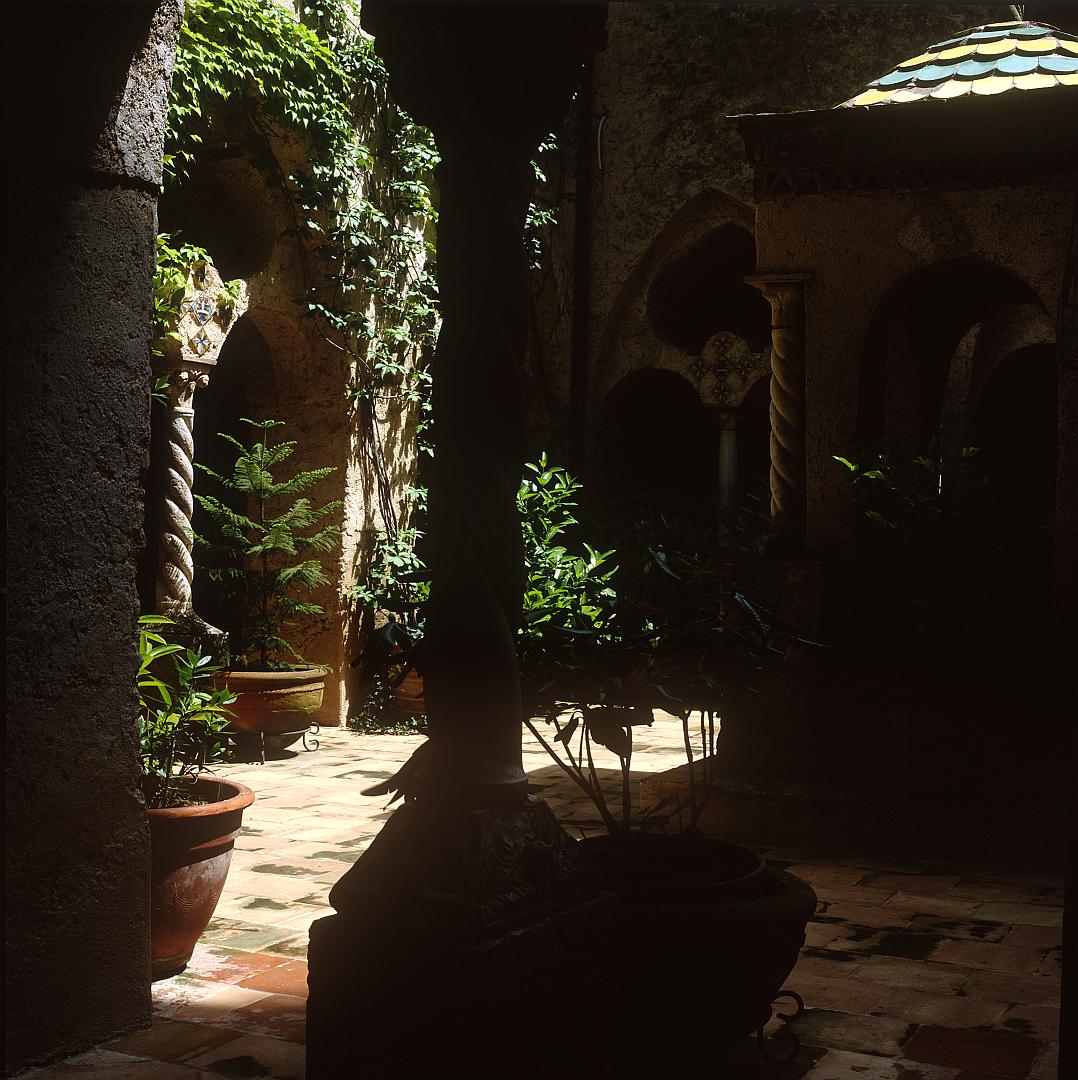
These days the place is a swanky hotel – the sort of place where the guests are transferred up from their yachts below by helicopter (not an exaggeration; one arrived while we were there). But the gardens are open to the public, and the views from the gardens, if possible, are even more breathtaking than those from Villa Rufolo.
